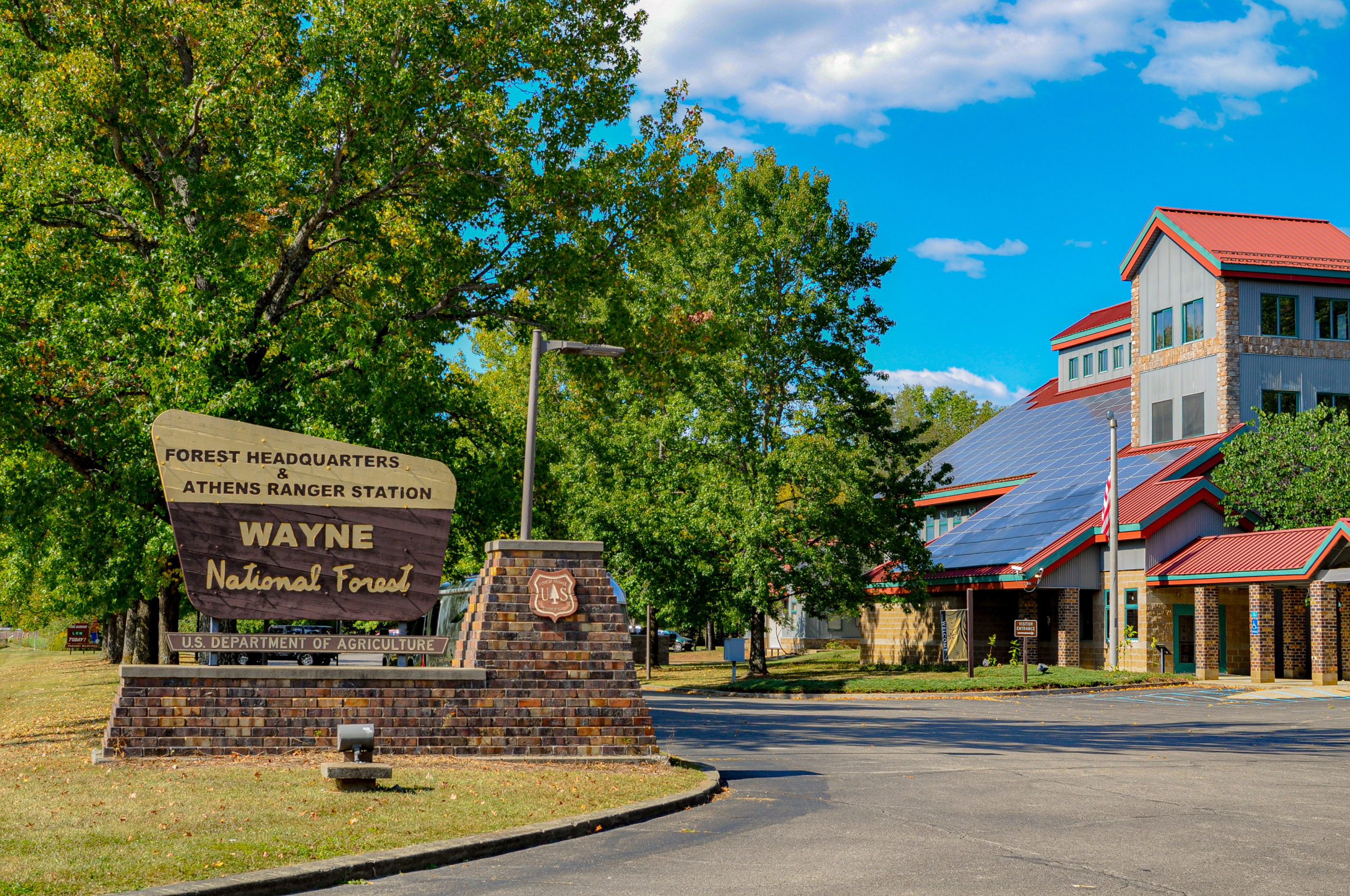
Written and Photos by Henry Jost
In August, the U.S. Department of Agriculture announced a proposal to rename Ohio’s only national forest, Wayne National Forest. It could soon be called Buckeye National Forest.
After requests from American Indian Tribes and local community members, the USDA announced a proposal to change the name of Wayne National Forest to Buckeye National Forest, after Ohio’s state tree.
Wayne National Forest bears the name of General Anthony Wayne, nicknamed “Mad Anthony”, who orchestrated a forceful and brutal attack against Native American communities, destroying residencies and displacing indigenous people from their ancestral homes during the United States’ westward expansion in the late 1700s. The forest includes a quarter of a million acres of Appalachian land.
Rep. Troy Balderson, who declined an interview with Southeast Ohio magazine, and Reps. Bill Johnson and Brad Wenstrup, all represent parts of Wayne’s National Forest. The trio of congressmen sent a letter to the Agriculture Secretary and Forest Service Chief expressing their concerns about a possible name change.
“While we have general concerns with removing Anthony Wayne as the namesake of the forest, and whether it is worth the $400,000 price tag, we would like additional information as to why, after 70 years, the decision to rename the forest was done with little to no community involvement,” read the letter.
The large price tag is mainly to cover replacing signs and maps for the park. The U.S. National Park Service provided a 15-day public comment period on whether or not the name should be changed.
For many in Southeast Ohio, the decision to rename the forest stirs up strong viewpoints.
John Winnenberg, a resident of Perry County, knows firsthand the challenges of preserving Native American history in Ohio. In 1977, when Winnenberg was just 22 years old, he and four others bought what was previously known as Red Men’s Hall.
Winnenberg renamed the building Tecumseh Theater after the Shawnee Tribe of Ohio and has spent the past several decades restoring the building.
“We have struggled against the local economy and the abandonment of the mining towns of the Hocking Valley all my adult life. So, it’ll be really cool to see an effort take hold and have our federal government recognize the story that we’ve been trying to celebrate and give homage with our theater restoration to the Shawnee tribes,” says Winnenberg.
“The words we use and the things we recognize have an impact on who we are as communities and our culture, and if my grandchild asked me who Wayne was, the only thing that I would probably be able to tell him is that he expelled Natives from Ohio Country during a conflict.”
William Kilbane, a member of the Navajo Nation and a current first-year student at Ohio University (Athens), is president of Indigenous Circle, a club he started at the beginning of the year. Indigenous Circle, which has about 10 members, is dedicated to providing an inclusive environment for Indigenous students and deepening the understanding of Native American communities and their past at OHIO.
“I think this is a big deal. Because it’s a small win for us, which is how I view our club, it’s a small step in the right direction,” says Kilbane.
Joseph Facun, a member of Indigenous Circle, supports renaming the forest, but thinks it would have been more appropriate if it were named after a tribe from Ohio.
“There are no federally recognized tribes in Ohio. So, pushing it towards something that would be more related to that would have been better,” says Facun. “I also think Buckeyes are more associated with Ohio State University (Columbus) nowadays, even though Ohio is the Buckeye State.”

According to the USDA press release, “Buckeye” was a name suggested by American Indian Tribes. Other potential names considered were “Ohio National Forest” and “Koteewa National Forest.”
Sarah Liese, a Navajo and Chippewa Cree, recently graduated from university School of Journalism as a master’s student. In 2021, Liese published a story that found Ohio has the highest number of Native-themed mascots in K-12 schools in the nation and hopes to publish a podcast that highlights Indigenous topics.
“I think changing the name is not necessarily about erasing history or denying it, because I think it is really important to move forward,” says Liese. “It’s really more about respect and including the original people of the land, because the history books that are being used today and the ones that were being used when we were kids glossed over the history of indigenous people.”